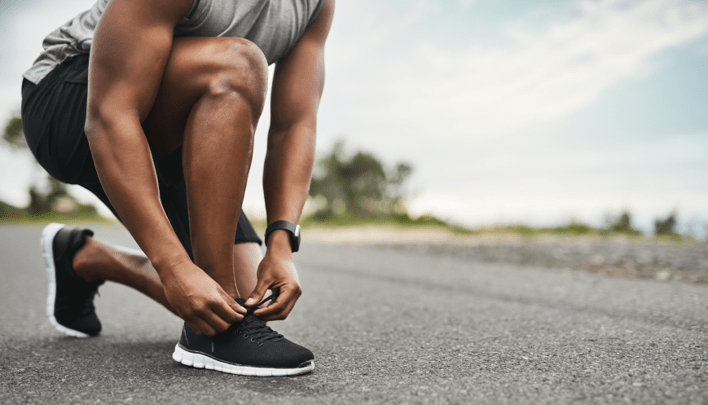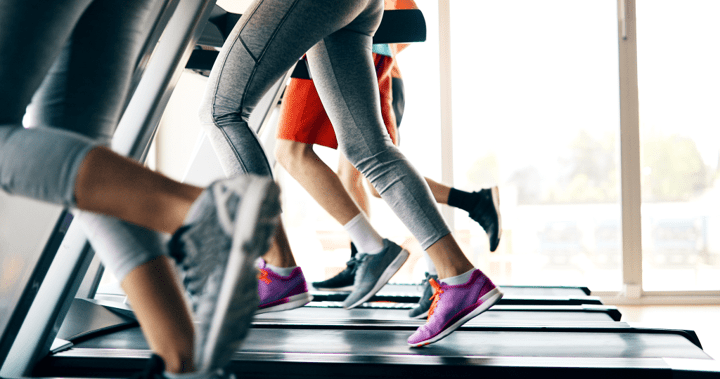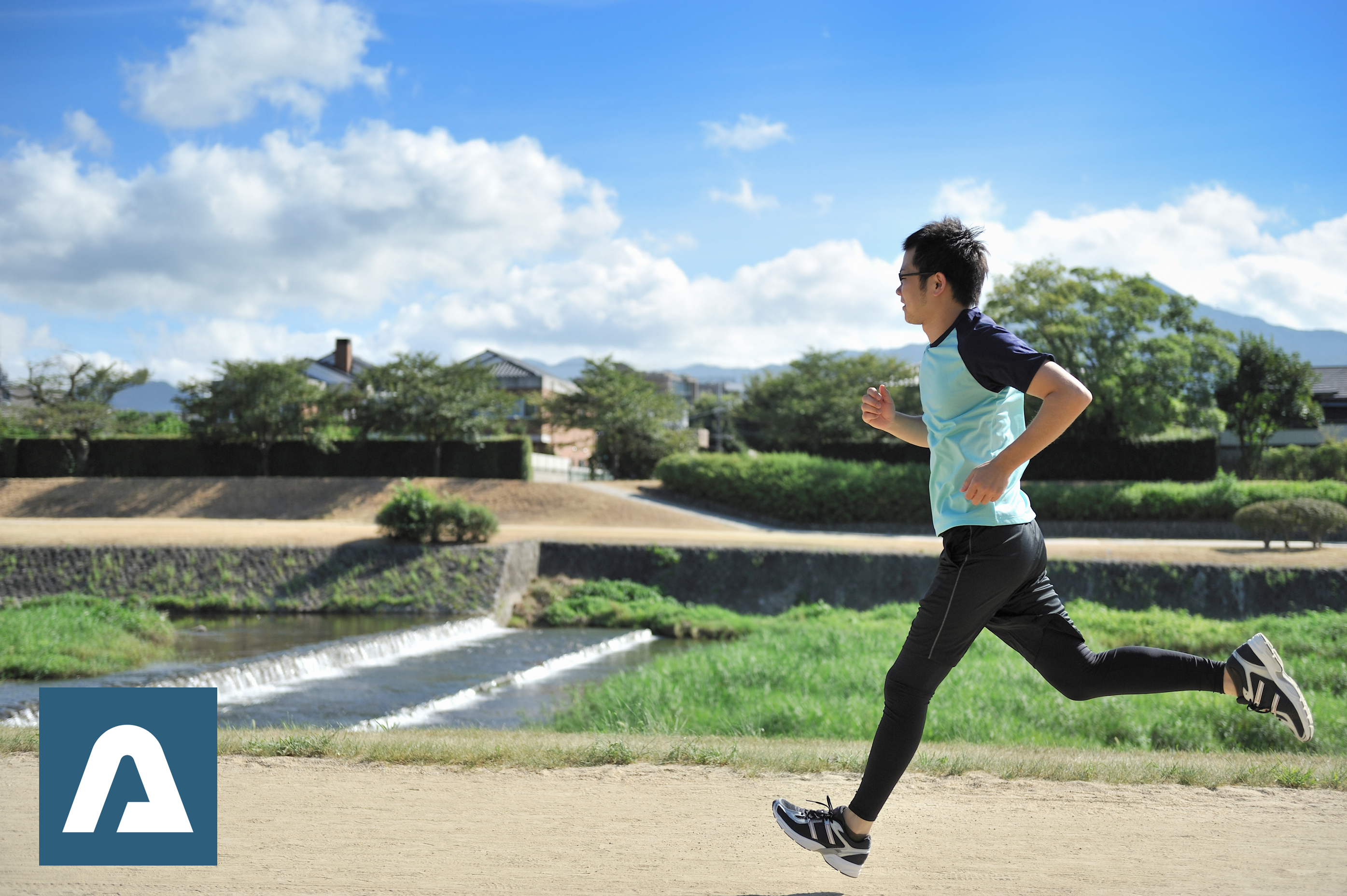How to Train for Running When You’ve Never Been a Runner: A Physical Therapist’s Guide
Running is one of the most effective ways to boost cardiovascular health, improve mood, and maintain an active and healthy lifestyle. However, if you’ve never been a runner, taking that first step can feel quite overwhelming. At Launch Physical Therapy & Sports Performance, we understand the challenges of starting a new fitness journey. That’s why we’re here to provide expert, evidence-based guidance tailored to your specific needs. Here are a few tools to get you started safely and effectively on your running journey.
Understand Your “Why”
Before hitting the pavement and lacing up your running shoes, take a moment to reflect on your motivations for running. Are you looking to improve your fitness, lose weight, relieve stress, or participate in a local race for fun? Regardless of your drive to start running, having a clear purpose will help you stay focused, disciplined, and motivated in your new routine, especially on more challenging days.
Schedule a Physical Check-Up
If you’ve been inactive or have any health concerns, scheduling a physical check-up with your physician or even a physical therapist is a vital first step. A thorough assessment can identify any underlying issues or limitations, ensuring that you are all ready to start running safely, identify any potential issues that need to be addressed before you start, and reduce the risk of any health complications.
Begin with Walking
Walking is an excellent way to prepare your body for running. Begin with daily brisk walking sessions, gradually increasing your pace, frequency, and duration. Aim for at least 30 minutes of brisk walking five days a week. This foundational work helps prepare and condition your cardiovascular system, joints, and muscles for the demands of running.
Invest in Proper Footwear
Wearing the right shoes is crucial to prevent injuries and enhance your running experience. Everybody is different, so visit a specialty running store to get fitted for shoes suited to your foot type, running style, and goals. You can also see a physical therapist who specializes in runners. They can perform a biomechanical and functional assessment to determine what type of running shoe would best benefit you. High-quality running shoes can provide support, cushioning, and stability to help you move more comfortably and efficiently.

Incorporate Strength Training
Building strength is key to improving running efficiency and preventing injuries. Focus on exercises that target the primary components of the lower body, upper body, and your “core.” You do not need to go to a gym to strengthen your body. You can start as simple as doing body-weight multi-planar lunges, single-leg bridges, push-ups, rows, and planks. Strengthening these muscle groups helps improve running efficiency, make your body more resilient, and reduce the risk of injury. At Launch Physical Therapy, we design personalized strength and performance programs to complement your running goals.
Follow a Structured Running Program
Whether you want to run for time or distance, an intentional and gradual progression is essential for new runners. Start with a beginner-friendly running program that alternates between running and walking. For example, the Couch to 5K (C25K) program alternates between running and walking to help you build endurance without overloading your body. It is designed to take you from a non-runner to running 5 kilometers in about 9 weeks. It gradually increases running intervals while allowing ample time for recovery!
Sample Week 1 Plan:
- Day 1: Warm-up with a 5-minute brisk walk, then alternate 60 seconds of running with 90 seconds of walking for a total of 20 minutes.
- Day 2: Rest or engage in low-impact cross-training (e.g., swimming or cycling).
- Day 3: Repeat Day 1.
- Day 4: Rest or cross-train.
- Day 5: Repeat Day 1.
- Day 6: Rest or cross-train.
- Day 7: Rest.
Prioritize Running Form
Good form minimizes the risk of injury and improves biomechanical running efficiency.
Here are some key pointers:
- Posture: Keep your head up over shoulders/hips, trunk slightly leaned over your base of support or foot strike, shoulders relaxed, and arms swinging along with the body.
- Stride: This will vary between height, leg length of individuals, and pace – keep speed controlled and steady, and attempt not to overstride, An efficient stride rate is about 180 steps per minute.
- Footstrike: Aim for a midfoot strike, where your foot lands directly beneath your body.
Our physical therapists can provide an in-depth functional movement screen and gait video analysis to optimize your running mechanics and improve your form.
Listen to Your Body
Pay attention to how your body responds during and after running. While mild soreness is normal, ensure you perform appropriate rest and recovery processes to avoid any unnecessary problems during your training. If you are experiencing sharp pain or persistent discomfort that you cannot manage on your own and is preventing your ability to run, it could indicate an overuse or overload-type injury. Thus, it is essential to take a slight pause, review and modify your training module, and, more importantly, consult a physical therapist for further evaluation and guidance to find the source of your injury so you can get back to running pain-free.
Focus on Nutrition and Hydration
Proper nutrition and hydration are critical for running performance and recovery. Stay hydrated before, during, and after runs. Incorporate a balanced diet with lean proteins, complex carbohydrates, healthy fats, and plenty of fruits and vegetables to support your energy needs. If you don’t know where to start, work with a dietician/nutritionist who can create an individualized plan and work with you to give you the tools you need.
Join a Community
Running with others can provide motivation, accountability, and social interaction. Consider joining a local running group or finding a running buddy to share your progress and challenges. At Launch Physical Therapy, we often support group runs and community events to support our clients and the runners of our community.

Celebrate Your Milestones
Every achievement, big or small, deserves recognition.
Acknowledge and celebrate your progress, no matter how small. Whether it is running for a continuous 5 minutes or completing your first 5K, these milestones represent your hard work and dedication. Celebrating these achievements keeps you motivated to reach the next goal. Keeping a training log can help set, monitor, and track your running goals by showing your accomplishments and boosting your confidence.
Conclusion
Starting a running routine when you’ve never been a runner may seem daunting, but with the right approach and support, it’s entirely achievable. At Launch Physical Therapy & Sports Performance, we specialize in guiding beginners through every step of their running journey. From personalized assessments to customized training plans, we’re here to help you build confidence, prevent injuries, and enjoy the numerous benefits of running!
Contact us today to learn more about our running performance programs and how we can help you hit the ground running injury-free — literally! Together, let’s turn your running aspirations into reality.
Blog courtesy of:
- Dr. Dave Herzberg
- Jessie Hernandez, SPT
- Launch Physical Therapy & Sports Performance Center
- admin@launchphysicaltherapy.com
- (480)231-9527
